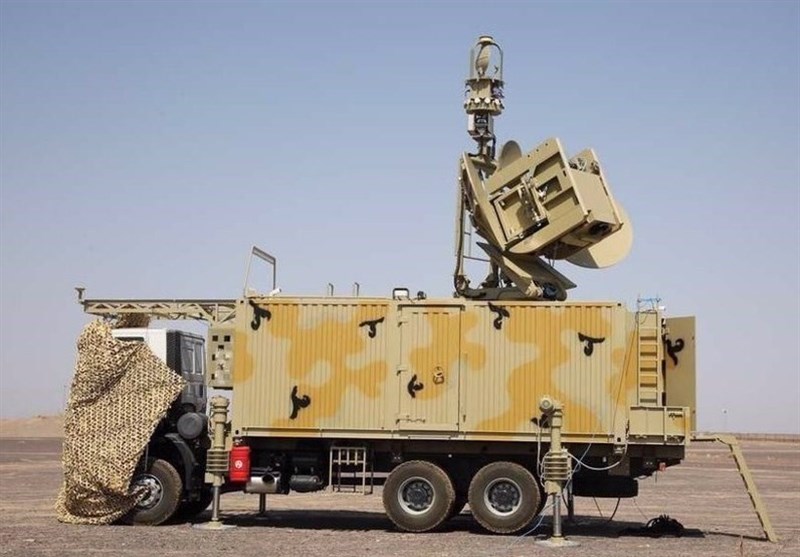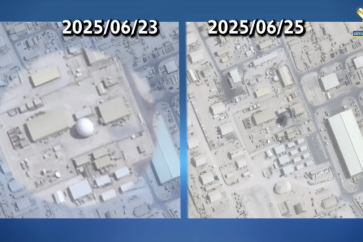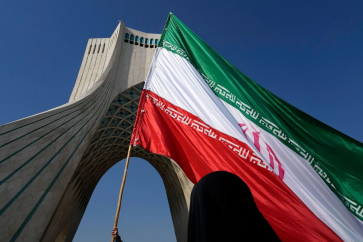Iranian Army has initiated a large-scale joint electronic warfare drill on Friday, benefiting from domestically designed and produced equipment that has bolstered the nation’s electronic warfare capabilities.
Named Separ-e Hafezan-e Velayat 1402 (Shield of Velayat’s Guardians 1402), the exercise’s goal is to evaluate the performance and effectiveness of a range of electronic warfare systems, including fixed, mobile, ground-based, and airborne systems.
Units from the Army’s Ground Force, Air Force, Navy, and Air Defense are participating in the drill, taking place in central regions of the country.
Fighter jets, both manned and unmanned aerial vehicles (Ababil 3, 4, 5 as well as Kaman 12), along with electronic defense systems, engaged in electronic warfare support operations.
The exercise encompassed tasks such as identifying radio and data communications, executing group annihilation operations using micro aerial vehicles, electronic radar protection, and disrupting and deceiving ground-based radar systems with a range of tactical and jamming systems.
Moreover, the exercise featured aerial tracking operations by Air Force fighter jets and disruption and deception operations aimed at cruise missile navigation, utilizing both airborne and ground-based platforms
The Army announced that the exercise has seen the successful execution of various tactics and operations, including the identification of radio and data link communications, group attack operations by micro aerial vehicles (MAVs) against defined targets, electronic operations to safeguard radars, and ground-based electronic operations to disrupt and deceive enemy radar systems.
The Deputy Chief of Iran’s Army for Coordination Rear Admiral Habibollah Sayyari emphasized the inclusion of different types of indigenous electronic warfare systems in the drill, such as radars, drones, cyber and aerospace systems, manned and unmanned fighter jets, micro aerial vehicles, and fixed, mobile, land- and air-based systems.
He underlined the critical role of electronic warfare in modern and future conflicts and highlighted Iran’s efforts in developing and training its human and technological resources in this field over the past years.
Iran has made substantial progress in designing and manufacturing its own electronic warfare equipment, utilizing specialized knowledge, technical expertise, and internal capabilities. As a result, Iran’s armed forces have achieved self-sufficiency in this area and consistently reiterated their commitment to enhancing defense capabilities.
Source: Tasnim News Agency




